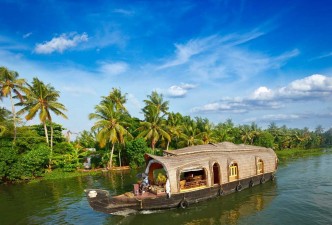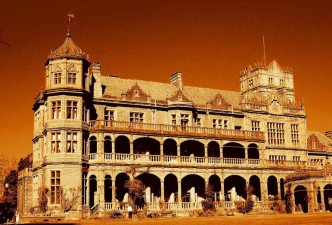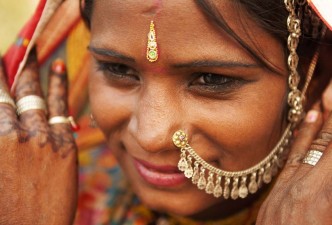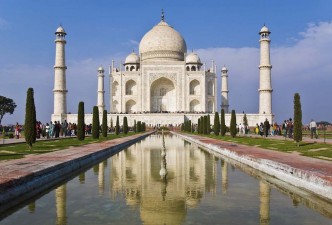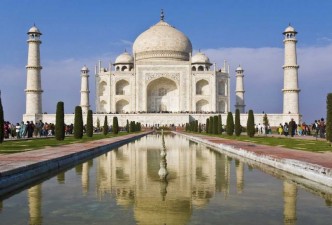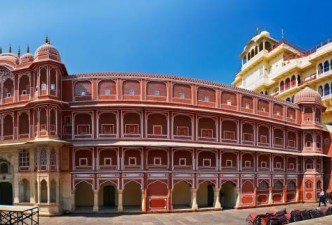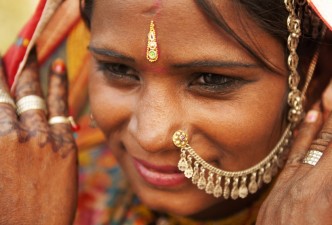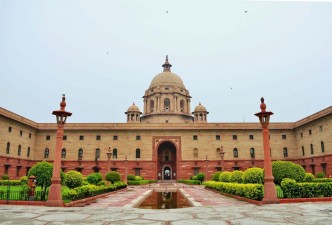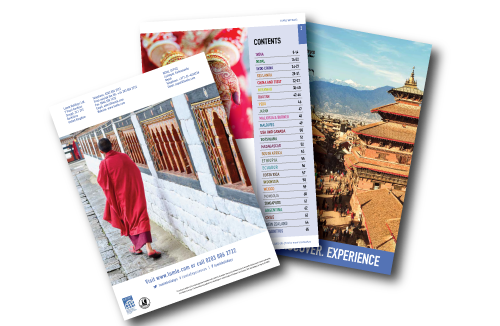Good to know before you go India
Before You Go to India: Essential Travel Tips
India is a land of incredible diversity, from its bustling cities and vibrant culture to its tranquil temples and natural wonders. Before you embark on your journey, here are the key things you need to know before you go to India to ensure a smooth and enjoyable experience.
1. Check Your Visa Requirements
Most travelers to India need a visa. India offers an electronic visa (e-Visa) that can be applied for online before arrival for tourism, business, or medical purposes. The e-Visa is valid for stays of up to 60 days and is available to travelers from over 150 countries. If you’re staying longer or have different visa requirements, you can apply for a traditional visa at an Indian embassy or consulate. Ensure your passport is valid for at least six months beyond your travel date.
2. Get Travel Insurance
It’s essential to have travel insurance before visiting India. Comprehensive travel insurance should cover medical emergencies, theft, accidents, and trip cancellations. If you plan to engage in adventurous activities like trekking or river rafting, make sure your policy includes coverage for high-altitude trekking or adventure sports. India’s healthcare system is extensive, but private hospitals can be costly, so having good insurance is crucial.
3. Vaccinations and Health Precautions
Before traveling to India, consult your doctor about recommended vaccinations. Common vaccinations include hepatitis A, typhoid, tetanus, and diphtheria. If you’re visiting rural areas or staying for a longer period, vaccinations for hepatitis B and rabies may be advised. In some parts of India, particularly in the lowland regions, malaria is present, so it’s a good idea to bring mosquito repellent and consider taking anti-malarial medication if you’re visiting those areas.
4. Be Prepared for India’s Climate
India experiences a wide range of climates, so packing appropriately is important. In the north, winters (November to February) can be quite cold, particularly in the Himalayan regions, so pack warm clothes. Summer (April to June) in most parts of India can be very hot, with temperatures soaring above 40°C (104°F). If you’re traveling during the monsoon season (June to September), a waterproof jacket and umbrella will be essential. Lightweight, breathable clothing is ideal for most parts of India throughout the year.
5. Stay Safe and Mindful of Local Customs
India is generally safe for travelers, but it’s important to be mindful of local customs and cultural differences. Dress modestly, especially when visiting religious sites. Women should cover their shoulders and legs, while men should avoid wearing shorts in temples or sacred areas. Always remove your shoes before entering a temple or someone’s home. When in crowded areas, stay aware of your belongings, as petty theft can occur.
6. Be Cautious with Food and Water
One of the most common health issues for travelers in India is “Delhi Belly” or food poisoning. To avoid this, be cautious with street food, eat at reputable restaurants, and avoid raw or undercooked foods. Always drink bottled or purified water, as tap water is not safe for consumption. You can bring a portable water purifier or use purification tablets if necessary.
7. Manage Your Money and Currency
The official currency of India is the Indian Rupee (INR). Credit cards are widely accepted in cities, especially at hotels, restaurants, and larger shops. However, it’s advisable to carry cash, especially in rural areas and smaller towns. ATMs are widely available, but you should withdraw sufficient cash before heading to more remote areas. It’s also useful to have small denominations, as change can sometimes be hard to come by.
8. Prepare for Limited Internet Access in Some Areas
While internet access and Wi-Fi are readily available in most cities, hotels, and cafes, expect slower speeds in rural and remote areas. If staying connected is important for your trip, consider purchasing a local SIM card from providers like Airtel or Jio, which offer affordable data packages. Most major airports have SIM card counters where you can buy one upon arrival.
9. Use Local Transportation Wisely
India offers a variety of transportation options, from trains and buses to auto-rickshaws and taxis. For long distances, domestic flights or India’s extensive train network are good options, though trains can often be fully booked, so it’s best to reserve tickets in advance. For shorter distances within cities, ride-hailing apps like Ola and Uber are reliable, and auto-rickshaws are widely available, but be sure to agree on a fare before starting your journey. In major cities, the metro system in places like Delhi is also an efficient way to travel.
By being well-prepared before you go to India, you can ensure a safe, enriching, and enjoyable experience. From understanding visa requirements and health precautions to preparing for the diverse climate and respecting local customs, these tips will help you make the most of your adventure in this beautiful and diverse country.

Flash Sale
11 days from $3175pp $2381pp-25%
- Most Popular Holidays
- Family Holidays
read more

Flash Sale
10 days from $3836pp $2116pp-45%
17 days from $5027pp $3704pp-26%
22 days from $6615pp $5160pp-22%
- Cultural Holidays
- Wildlife Holidays
read more

Flash Sale
12 days from $5027pp $1867pp-63%
- Cultural Holidays
- Wildlife Holidays
read more

Flash Sale
11 days from $3307pp $1851pp-44%

 Nepal
Nepal Singapore
Singapore Taiwan
Taiwan India
India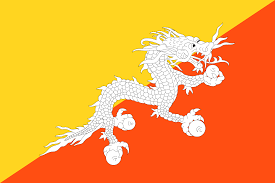 Bhutan
Bhutan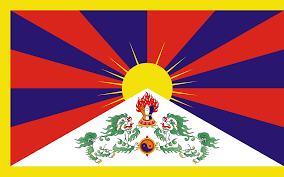 Tibet
Tibet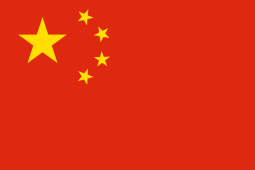 China
China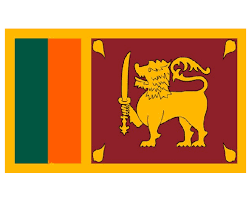 Sri Lanka
Sri Lanka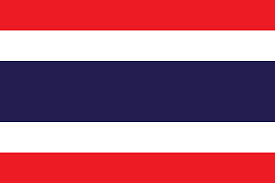 Thailand
Thailand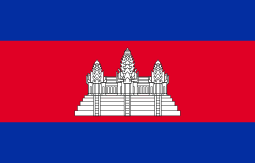 Cambodia
Cambodia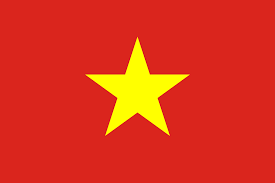 Vietnam
Vietnam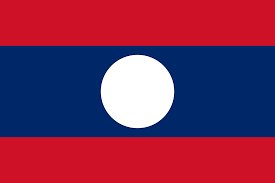 Laos
Laos Japan
Japan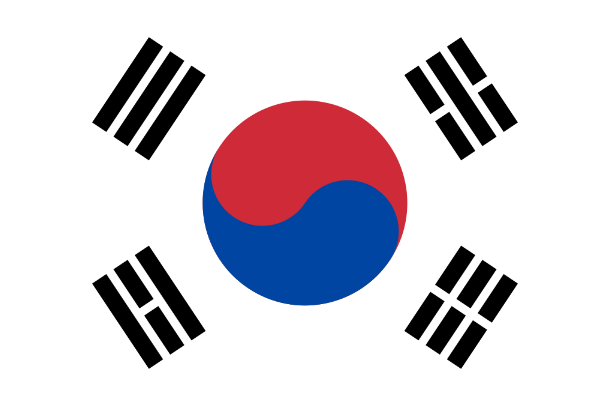 South Korea
South Korea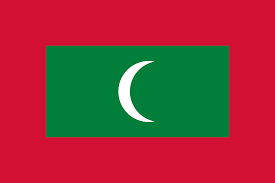 Maldives
Maldives Malaysia
Malaysia Indonesia
Indonesia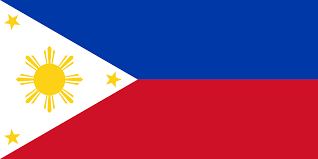 Philippines
Philippines Mongolia
Mongolia Uzbekistan
Uzbekistan Ethiopia
Ethiopia Kenya
Kenya Madagascar
Madagascar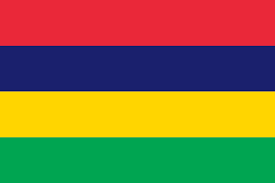 Mauritius
Mauritius Morocco
Morocco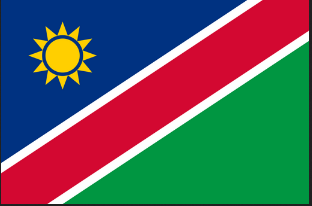 Namibia
Namibia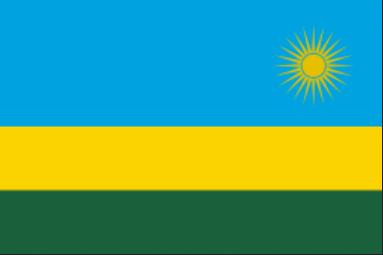 Rwanda
Rwanda South Africa
South Africa Tanzania
Tanzania Tunisia
Tunisia Uganda
Uganda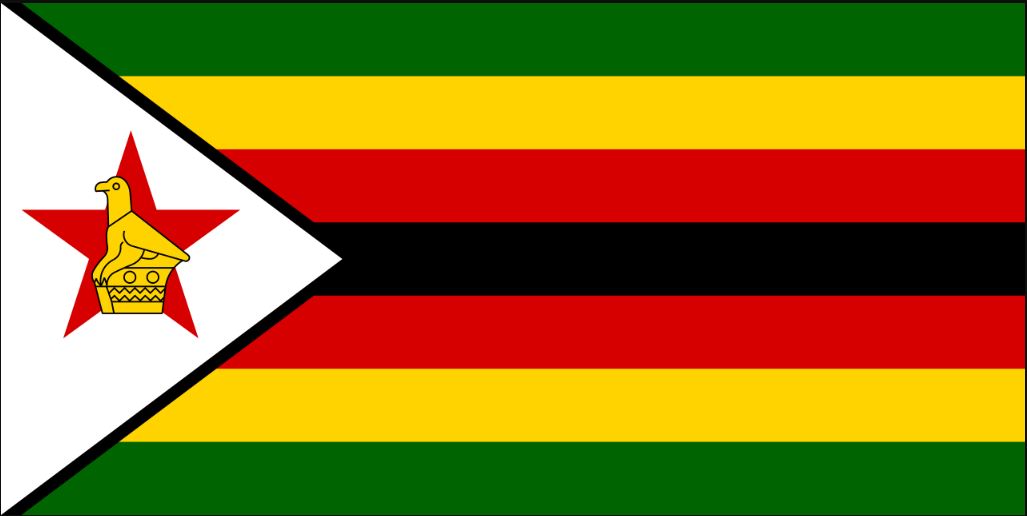 Zimbabwe
Zimbabwe Egypt
Egypt Jordan
Jordan Oman
Oman Saudi Arabia
Saudi Arabia United Arab Emirates
United Arab Emirates Armenia
Armenia Bulgaria
Bulgaria Croatia
Croatia Cyprus
Cyprus Czech Republic
Czech Republic France
France Greece
Greece Iceland
Iceland Ireland
Ireland Italy
Italy Malta
Malta Portugal
Portugal Romania
Romania Slovenia
Slovenia Spain
Spain Turkey
Turkey America
America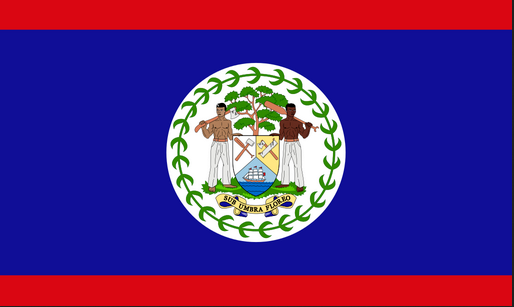 Belize
Belize Canada
Canada Costa Rica
Costa Rica Guatemala
Guatemala Mexico
Mexico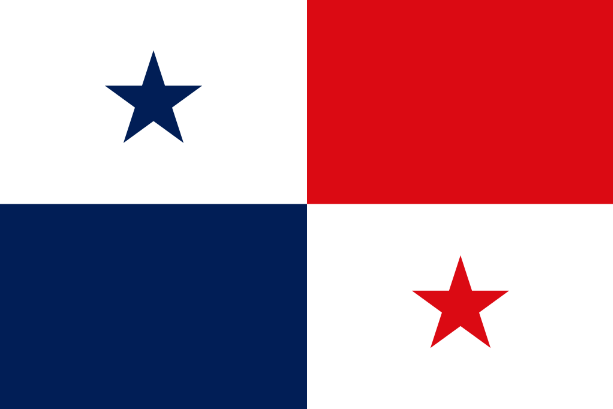 Panama
Panama Argentina
Argentina Brazil
Brazil Chile
Chile Colombia
Colombia Ecuador
Ecuador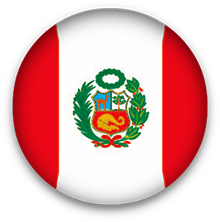 Peru
Peru Australia
Australia New Zealand
New Zealand